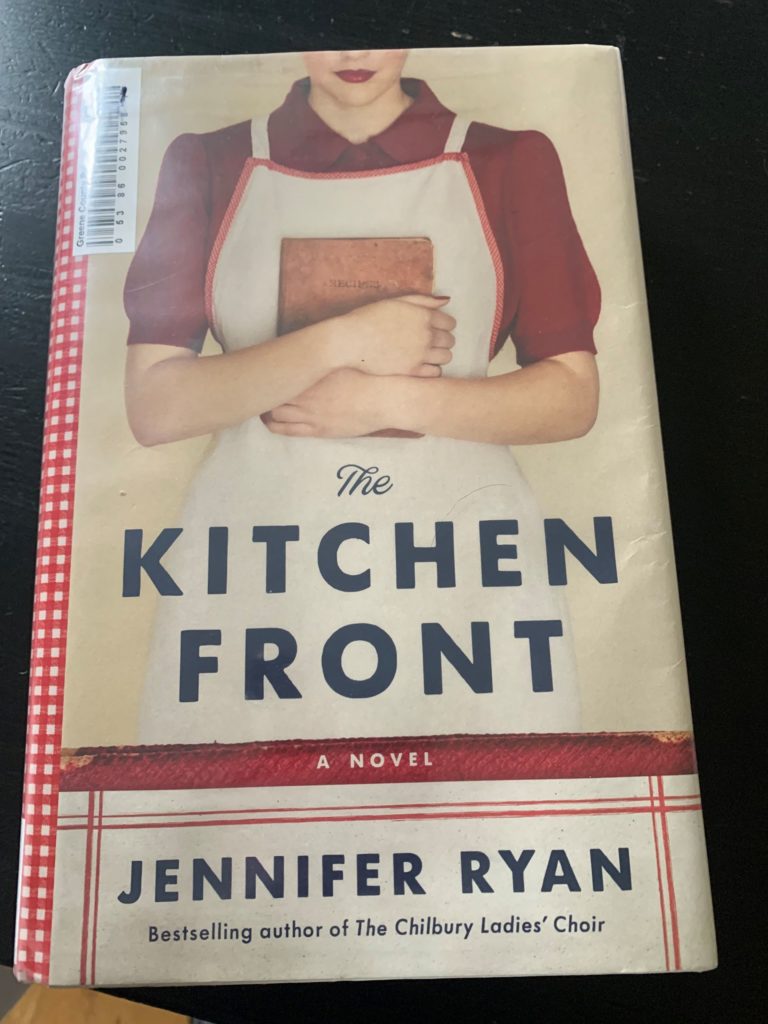It is a hike of sorts, but it is mostly on paved roads. I have done this twice now and that is a perimeter walk around the defunct military base called Camp Adair. It was a World War II training facility used to gear up soldiers primarily for the European theater. It was a POW camp for a short period of time and it was a nuclear radar facility up until 1969.
The extent of the base is much larger than what today is the official portion of the wildlife area. As an example, in the picture below the closest hill in the picture is actually a garbage dump. This was originally an artillery range which was deemed too dangerous to reclaim as productive land. In the surrounding area, unexploded ordinance is still occasionally found.
What today is the wildlife area was originally the heart of the base. You can see from the picture that I am standing on a paved road. This is an actual road around that heart. I am amazed that something paved over eighty years ago still looks this good. As you walk around the property, most of what remains are foundations and footings. There are still some structures, those contain the active facilities of the Oregon Department of Fish and Wildlife. By and large it is whatever the earth has reclaimed since it’s former mission.
I have lived within five to ten miles from this facility most of my life. It sits in-between where I grew up and where I live now. As I have been walking this loop, I have encountered hunters running dogs, I assume rabbit hunting. While I have fished the stocked pond a number of times, it makes me feel like I have not taken advantage of the hunting opportunities throughout my life.
This is one of those places that gets tons of multipurpose use. The newish archery range has been packed since it was built ten years ago. Mostly what I have known was the fishing pond. It is one of the rare places that people fish all year long. The most consistent year around users are dog and people walkers, My parents have picked blackberries, I see many apple trees and who knows what else can be found. The flat, paved roads make a leisurely bike paths. So, while it is a designated sporting property, many other people use it as well.

If you are paying attention, then the title might sound vaguely familiar. Yes, I modified it from the Clint Eastwood film ‘Flags of Our Fathers’. This movie is a historical recreation of the invasion of Iwa Jima. I think the point of the film is to highlight the grit of the figures instrumental in raising the flag on that island. For that reason, it is not purely rah rah patriotisms but showing the fabric and foundation of what people went through to complete an assigned task.
My grandfather was at training here. He was drafted where he promptly dropped out of college playing football for Oregon State University. Then he went to basic training at Camp White and finally here at Camp Adair before shipping out to drive Jeeps around both Europe and the South Pacific. As I walk around the perimeter, I cant help but wonder Is this a road that he was on eighty years ago?
For me, it is a little more emotional question than average. What I mean is not the street or the location but the exact pavement that was there. The level of fear and uncertainty that was awaiting deployment must have been palpable. He arrived in France in 1944 as the war was inevitably winding down. But, during those training years of 42 and 43 the outcome was far from determined.
With Europe in hand, they sent him to Okinawa to serve out his term. The Americans were heavily involved in rebuilding both theaters but Asia was almost exclusively American. Even today, Okinawa has the largest permanent military presence outside of the United States.
Was he a hero in the Iwa Jima sense? Probably not. He never talked about the war even when asked. The only story I ever heard from him was being offered wine in France. As the son of an violent alcoholic, he never drank. I had an assignment in US History to ask a Vet about their experience. I don’t think my teacher had much appreciation for the pain and trauma that war really had. I had three combat vets as immediate relatives and really don’t have a single story, just vague innuendo.
End Your Programming Routine: We have had a nice clear snap for the last several weeks. With the cold north wind blowing on me, I keep imagining this place filled with buildings, people and vehicles. I hear gunshots, not from rifles or artillery but a shotgun blast from a hopeful hunter. These are the roads of our fathers.
Log into YouTube to watch the whole movie “Flags of Our Fathers”. Link below.

Recent Comments